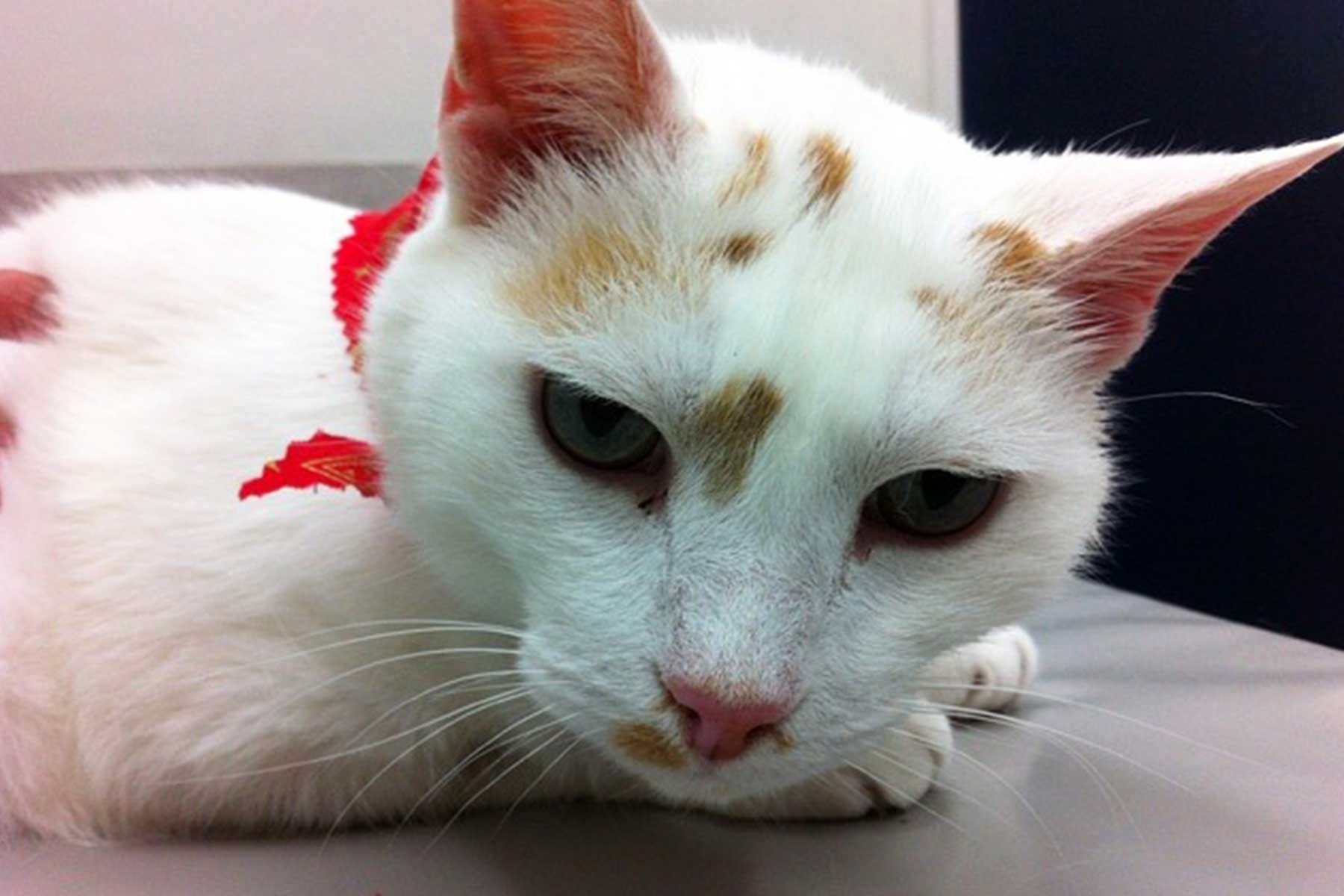I am lucky enough to live on a large property in the Adelaide Hills that is a breeding home to acres of Monarch Butterflies. I have always found beauty in these brightly coloured critters but only until recently have I learned how cool they truly are. Whilst I am a massive lover of native Australian fauna, the Monarch’s have earned a place of wonder in my heart. I’d like to share some facts that I found interesting and hope you do to!
- I have read the ever-popular book, The Very Hungry Caterpillar – by Eric Carle, many, many times to my young children but never comprehended how true this book is until we decided to host a caterpillar ourselves. A single very hungry caterpillar has been known to eat entire milkweed leaves in under 5 minutes and during this life-cycle stage will eat approximately 200 times its own bodyweight!! The milkweed is mildly poisonous and is stored in their bodies which can cause vomiting, rarely death, to their predators. The bright wings of the butterfly are supposed to be a warning to predators.
- After eating all that food where does it go? Well, the caterpillars use it to grow a whopping 2,700 times their original weight! It is even more impressive that they do this all during the caterpillar stage which lasts only 10 to 14 days.
- Their scientific name, Danaus plexippus, is a Greek translation for “sleepy transformation” which I think is utterly adorable.
- For me, the most enchanting phase of a Monarch butterfly is the chrysalis stage. They form a jade green chrysalis studded with gold edges that looks like a beautiful piece of jewellery. The word chrysalis is actually derived from the Greek word for gold – “chrysos”. The most commonly believed reasons for these pretty decorations are that they:
- help with oxygen exchange
- are a warning for predators
- reflect and help with camouflage
- a direct result of carotenoid cells ( eating milkweed) mixing with structural cells
- The Monarch Butterfly originated in North America and does an annual migration from North East US/Canada that ends in Mexico, or 4,828 kilometres! This migration happens over 4 generations, the winter butterflies can survive as a butterfly for up to 8 months while the summer ones have a higher metabolism and wear themselves out quicker surviving only 5 weeks on average.
- An average butterfly has a fast clap to their wings, clapping around 20 times per second whereas the Monarch has a slow clap averaging 5-12 times per second. Much like a royals slow hand wave, very regal indeed.
Whilst this is not an extensive list of all the amazing facts about Monarch butterflies, I hope it piqued your interest. I highly recommend hosting a caterpillar and watching the miraculous evolution into a truly stunning butterfly, you may even find yourself becoming a lepidopterist as a result.











